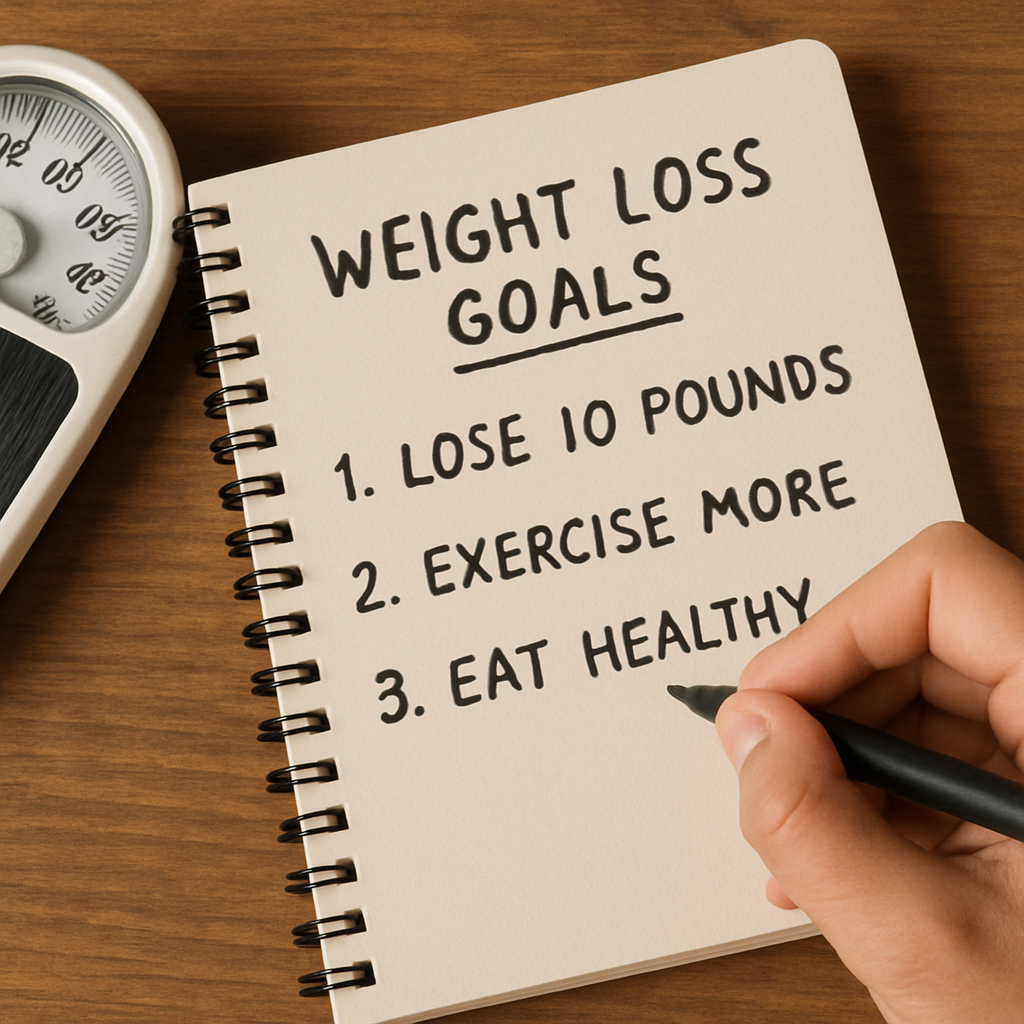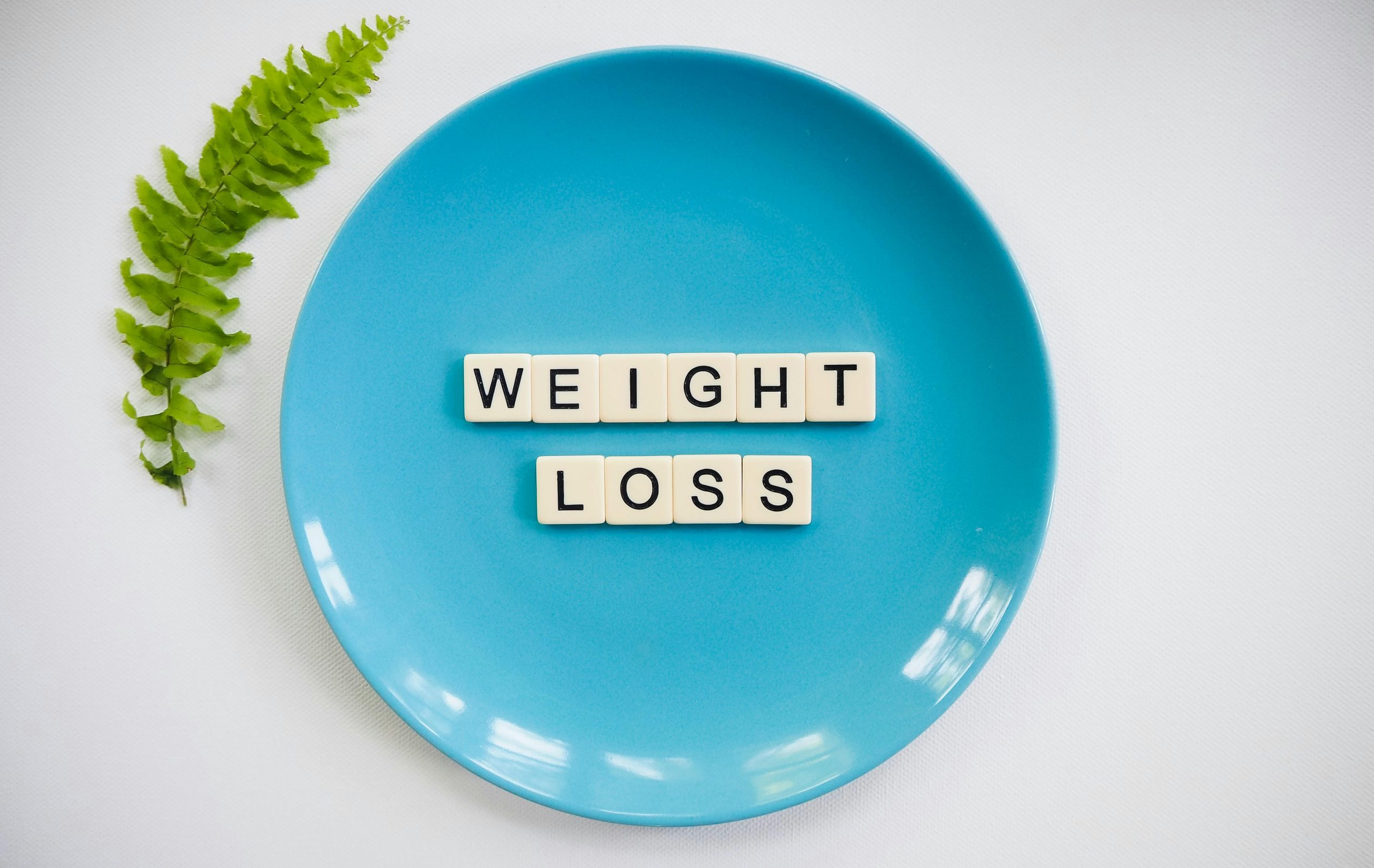lose weight: top 5 strategies for success
Losing weight can be a challenging journey. Many people struggle to find effective strategies that work for them.
The key to success lies in adopting sustainable weight loss strategies. These strategies should fit seamlessly into your daily life.
Setting realistic goals is crucial. It helps maintain motivation and ensures long-term success.
A balanced diet and regular exercise are fundamental components. They support healthy weight loss and overall well-being.
Incorporating smart tools and techniques can optimize your efforts. They provide structure and enhance your weight loss plan.
Finally, maintaining a positive mindset is essential. It keeps you motivated and focused on your weight loss goals.
This guide will explore the top five strategies for successful weight loss. Each strategy is designed to help you achieve your goals in a healthy, sustainable way.
1. Set Realistic and Achievable Weight Loss Goals
Weight loss begins with setting clear goals. Achievable goals create a roadmap and keep you focused. They should be specific, measurable, and time-bound.
Unrealistic goals can lead to frustration and demotivation. Small, achievable milestones are better for maintaining progress. They offer constant encouragement and gratification.
Consider what you aim to achieve and why. Understand how it aligns with your lifestyle and health priorities. This insight helps in creating meaningful goals.
Use the SMART goal-setting framework:
- Specific: Clearly define the goal.
- Measurable: Use metrics to track progress.
- Achievable: Set realistic goals within reach.
- Relevant: Align goals with personal needs.
- Time-bound: Set a timeframe for achievement.
Tracking progress is also essential. Use apps or journals to record milestones and setbacks. It helps assess what works and what needs adjustment.

Reward yourself for small victories, like losing a few pounds or maintaining dietary changes. Non-food rewards can be powerful motivators. Celebrating progress keeps motivation high and the journey enjoyable.
2. Build a Balanced, Sustainable Eating Plan
Creating a sustainable eating plan is crucial for healthy weight loss. Focus on incorporating a variety of whole foods. This includes fruits, vegetables, lean proteins, and whole grains.
A balanced diet ensures you get essential nutrients. It helps maintain energy levels and supports metabolic health. Avoid restrictive diets that are hard to stick with long-term.
Mindful eating is another beneficial practice. Pay attention to hunger and fullness signals. This practice helps prevent overeating and encourages mindful choices.
Fiber is an essential component of any healthy diet. It promotes satiety and supports digestive health. Foods rich in fiber include legumes, fruits, vegetables, and whole grains.
Limit processed foods and sugars, which can lead to weight gain. Opt for natural sugars found in fruit and choose whole foods. These choices enhance a healthy and balanced diet.
Here’s how to build a balanced meal:
- Protein: Include lean meats, fish, beans, or tofu.
- Carbohydrates: Choose whole grains like brown rice or quinoa.
- Fats: Add healthy fats like avocado or nuts.
- Vegetables: Fill half your plate with colorful vegetables.
Meal planning is a useful tool. It helps avoid unhealthy food choices and saves time during busy weeks. Prepare meals at home to control portions and ingredients.
Experiment with different cuisines and recipes. This keeps meals exciting and prevents monotony. It’s an enjoyable way to explore new flavors and ingredients.

Reading food labels is also important. It helps make informed choices about portion sizes and nutritional content. Look for lower-calorie, high-fiber options that support your weight loss goals.
Lastly, stay hydrated. Drinking water supports metabolism and can reduce unnecessary calorie intake. Proper hydration is key to both health and weight management.
3. Incorporate Regular Physical Activity and Movement
Regular physical activity is vital for sustainable weight loss. It helps burn calories and boosts overall health. Moreover, it supports mental well-being.
Finding an enjoyable activity is important. When you enjoy the activity, you’re more likely to stick with it. This leads to long-term success.
A mixture of exercise types offers the best results. Combine cardiovascular exercises with strength training. This mix supports weight loss and maintains muscle mass.
Cardio exercises such as walking, swimming, or cycling are effective. They increase heart rate and burn calories efficiently. Aim for at least 150 minutes of moderate-intensity activity weekly.
Strength training enhances metabolism by building lean muscle. Muscle burns more calories than fat at rest. Include exercises like weightlifting, resistance bands, or body-weight workouts.
Here are some simple ways to increase daily movement:
- Take the stairs instead of the elevator.
- Walk or bike for short trips instead of driving.
- Incorporate stretching or yoga into your routine.

High-Intensity Interval Training (HIIT) can be particularly effective. It alternates between intense bursts and lighter activity. This method is efficient for burning calories in less time.
Consider using technology such as fitness trackers. They can help monitor physical activity levels and progress. Keeping track of activity provides motivation and accountability.
Finally, variety prevents workout plateaus and keeps routines interesting. Changing activities regularly challenges the body and prevents boredom. This variety encourages consistent exercise habits.
With consistent effort and balanced routines, integrating physical activity becomes second nature. It transforms weight loss goals into achievable outcomes.
4. Optimize Your Weight Loss with Smart Strategies and Tools
Optimizing weight loss requires smart strategies and tools. These can enhance your efforts and improve results. Technology and informed choices play key roles.
Tracking progress keeps you motivated. Use weight loss apps or journaling for this purpose. Recording daily habits helps identify successful patterns.
Wearable devices like fitness trackers provide instant feedback. They monitor steps, calories burned, and heart rate. This real-time data guides activity adjustments.
Meal planning is another helpful tool. Preparing meals in advance reduces reliance on processed foods. It ensures a balanced diet and controls portions.
Consider intermittent fasting as a potential weight loss strategy. This method involves cycling between eating and fasting periods. Some find it effective for reducing calorie intake.
There are numerous benefits of incorporating these practices:
- Keeps eating patterns consistent
- Helps manage portion control
- Reduces impulsive meal decisions
Another approach is monitoring nutritional intake. Reading food labels aids in making healthier choices. Understanding ingredients and calorie content is crucial.

Support systems enhance weight loss success. Friends, family, or community groups offer encouragement. Sharing progress with others builds accountability and motivation.
Stress management is also essential. It prevents emotional eating and promotes mental well-being. Techniques such as meditation or yoga can be beneficial.
Evaluating and adjusting goals is important. As progress occurs, reassess your weight loss plans. Setting new goals maintains momentum and prevents plateaus.
Consider the potential of tirzepatide as part of your strategy. This medication, under medical guidance, may support weight loss efforts. Always consult a healthcare provider before starting any new treatment.
By using these smart strategies and tools, you optimize your weight loss journey. They create a foundation for success and sustainable change. Approaching weight loss with informed decisions paves the way for long-term results.
5. Prioritize Mindset, Motivation, and Long-Term Success
A positive mindset is vital for successful weight loss. It sets the foundation for all other efforts. Believe in your ability to change and thrive.
Motivation can fluctuate over time. Identifying personal reasons for weight loss keeps you focused. These reasons should be intrinsic, deriving from personal values and goals.
Set both short-term and long-term weight loss goals. Short-term goals provide immediate motivation and achievements. Long-term goals direct your overall vision and success path.
Celebrate small victories along the way. Recognize progress, no matter how minor, to maintain enthusiasm. This practice fosters a rewarding and encouraging journey.
Visualization techniques help reinforce your goals. Imagine yourself achieving milestones and the related positive feelings. This mental preparation strengthens commitment and anticipation.
Challenges and setbacks are inevitable. Viewing them as learning opportunities is key. Replace self-criticism with self-compassion, understanding that progress is not always linear.
Developing resilience means adapting to changes and obstacles. It requires flexibility in your weight loss strategies. Allow room for adjustment as you learn and grow.

Incorporate accountability into your weight loss plans. Share goals with a trusted friend or join a weight loss group. Accountability partners offer support and constructive feedback.
Mindful practices such as meditation promote balance. They help manage stress, which can derail weight loss efforts. A calm mind aids in making thoughtful decisions.
Ultimately, consistency leads to sustainable weight loss. Regularly revisiting your plans and progress ensures you’re on the right path. A long-term perspective focuses on lasting health improvements.
By prioritizing mindset and motivation, you pave the way for enduring success. A resilient and positive outlook fortifies your weight loss journey and beyond.
Conclusion: Your Path to Sustainable Weight Loss
Embarking on a weight loss journey requires dedication and thoughtful planning. By applying the strategies discussed, you can achieve a healthy lifestyle and meet your goals. Remember, it’s about building habits that last.
Adapting these weight loss tips into your daily routine is crucial. Focus on progress rather than perfection. Each small change contributes to your overall success and enhances your well-being.
Your path to sustainable weight loss is uniquely yours. Embrace the journey, remain flexible, and adjust when needed. With perseverance and the right mindset, lasting results and improved health are within reach.
Here are the top 10 fitness tips that will help you to be fit every day.







